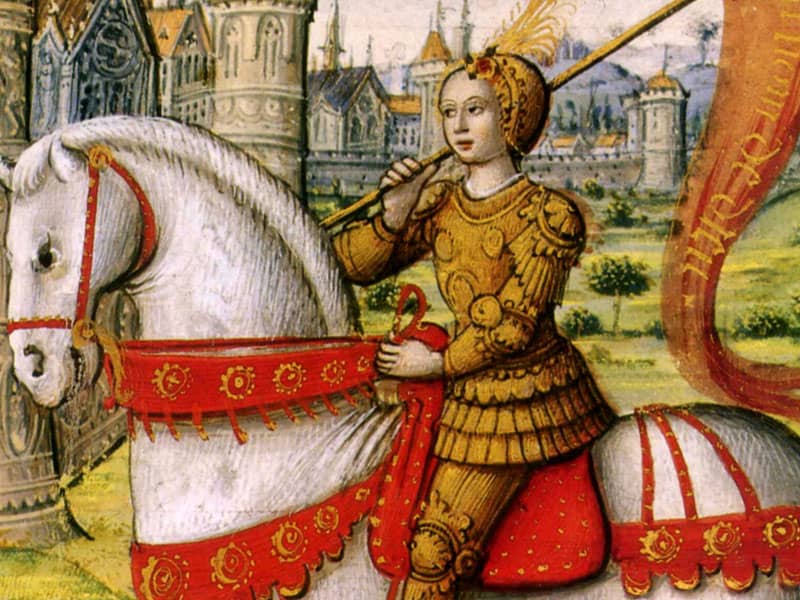VATICAN CITY (RNS)-- Pope John Paul II gave his approval Thursday (Dec. 20) to sainthood for two major but diametrically opposed figures of 20th century Roman Catholicism as well as a Mexican Indian who lived in the 16th century.
Padre Pio, a charismatic and sometimes controversial Capuchin friar from southern Italy; Jose Maria Escriva de Balaguer, the Spanish-born founder of the conservative Opus Dei movement; and Juan Diego Cuautlatoatzin, who reported he saw apparitions of the Madonna of Guadalupe in 1531, will be canonized some time next year.
The Roman Catholic pontiff acted by accepting miracles attributed to their intercession. The miracles were investigated and cleared earlier by panels of medical experts and theologians and by the full membership of the Vatican Congregation for the Causes of Saints.
Present at the ceremony was Matteo Pio Colella, 8, who made a miraculous recovery from meningitis last year in a hospital founded by Padre Pio after his father, a doctor on the hospital staff, prayed to the friar. Escriva de Balaguer was credited with curing a surgeon who faced amputation of his arm in 1992 because of cancer.
John Paul also approved miracles attributed to five Italians and a Colombian, who also are candidates for sainthood or beatification, and the "heroic virtues" of two Spaniards, an Italian and an Argentine at an earlier stage of the process toward sainthood.
One more formality remains before canonization. The pope will call a Public Consistory, probably in January, to hear the opinion of the College of Cardinals before announcing his final approval and setting the dates for the ceremony.
In the 23 years of his pontificate, John Paul has elevated more than 400 Catholics to sainthood, more than any other pope.
Both Padro Pio, who died in 1968, and Escriva de Balaguer, who died in 1975, became saints in an unusually short time. The process often takes centuries, as in the case of Juan Diego, rather than decades.
Padre Pio never traveled beyond his monastery at San Giovanni Rotondo near the city of Foggia, but he is revered throughout the world for his spirituality and the miracles he is believed to have performed. Some 200,000 pilgrims attended his beatification in St. Peter's Square on May 2, 1999.
John Paul, while still the bishop of Krakow in Poland, traveled to the monastery to ask Padre Pio to pray for a Polish friend, Wanda Poldawska, who was dying of cancer. She recovered a short time later.
But the stigmata and Padre Pio's claims to have wrestled with the devil made him powerful enemies, and church authorities suspended him for a time from his priestly duties.
Saraiva Martins described Escriva de Balaguer as an "eminent figure of the 20th century church."
The Spanish priest founded Opus Dei, Latin for God's work, in 1928. The organization is devoted to promoting the holy life among laity and encouraging late vocations for the priesthood among professional men.
John Paul elevated Opus Dei to the status of a Personal Prelature of the Holy See, answerable directly to the pope, in 1982 and beatified its founder in 1992. The organization now has more than 82,000 members in some 80 countries, including the pope's spokesman, Joaquin Navarro-Valls.
Critics, however, described Escriva de Balanguer as cold and dictatorial and have attacked Opus Dei for practicing elitism and operating in secrecy.
The canonization of Juan Diego won strong support from Cardinal Norberto Rivera Carrera, Mexico's first archbishop descended from Indians, but opponents contend that Juan Diego may well be a figure of myth who had a pagan vision.
Saraiva Martins said that because of his "unexpected encounter with the mother of God," Juan Diego became a Christian and left his wife and children to serve as custodian of the chapel of the Madonna of Guadalupe, now Latin America's most important Catholic shrine.

